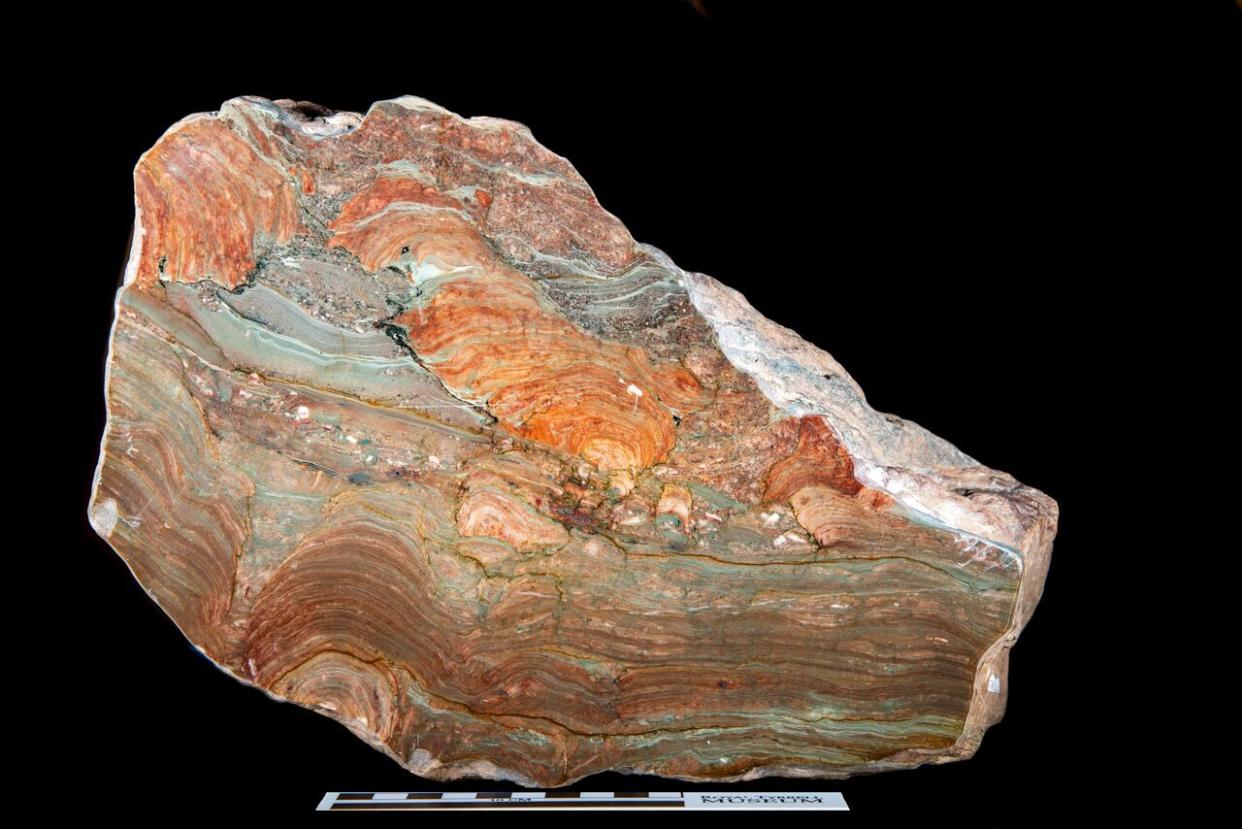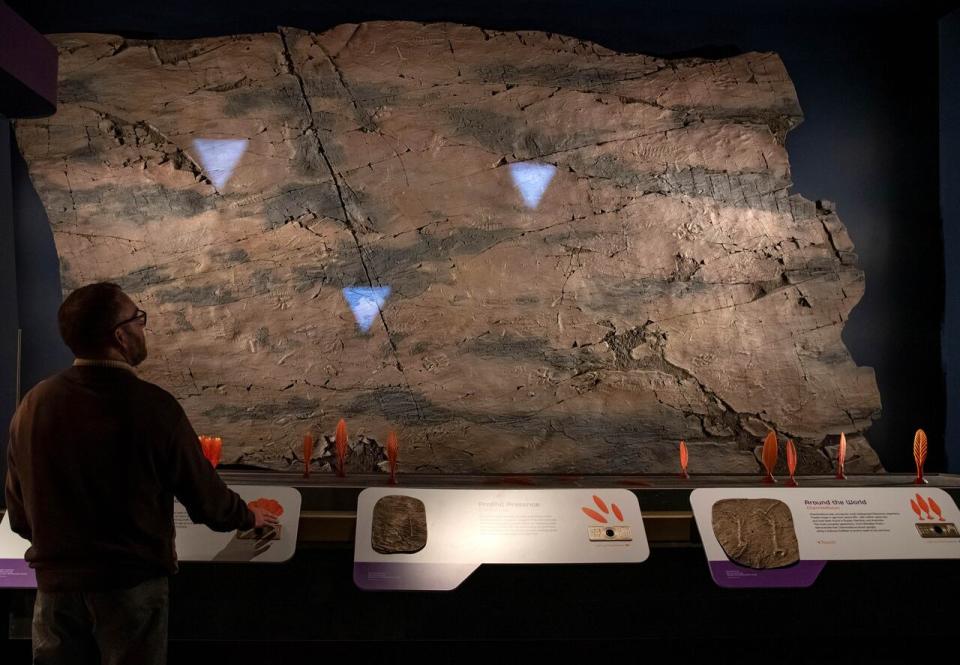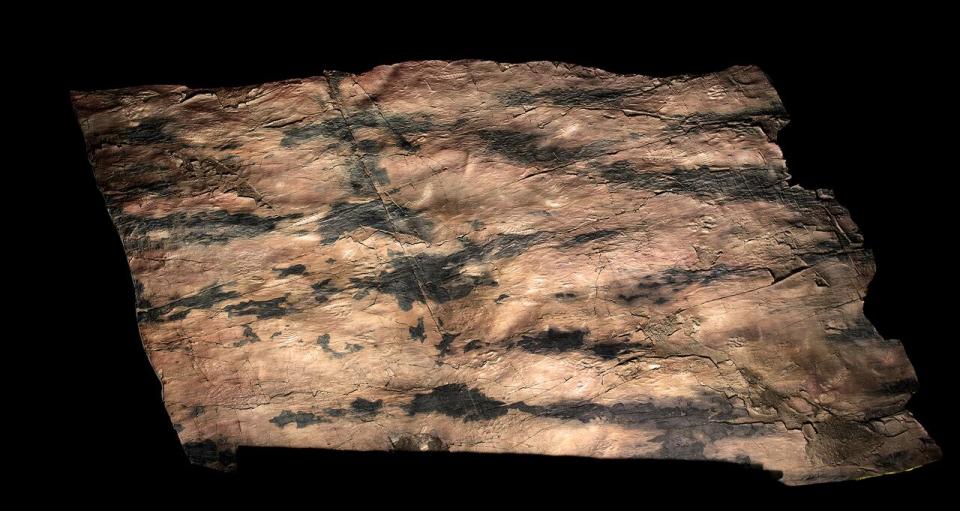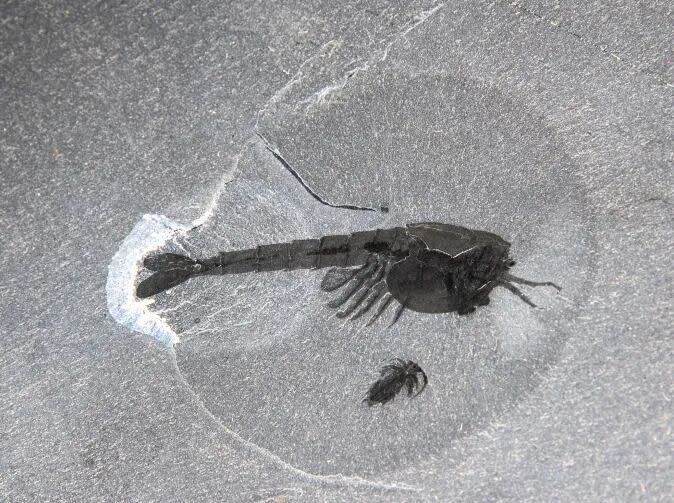New exhibit at Royal Tyrrell Museum features fossils from beginning of life on Earth

It's a new look into some very, very, very old ways of life — like, 4.6 billion years ago.
The Royal Tyrrell Museum has a new exhibit that explores fossils from the Precambrian era. It explains how those fossils evolved in the Cambrian era about 500 million years ago, when the surface of the Earth cooled down, oceans began to form, and the first life appeared. The exhibit officially opened Friday.
The new exhibit, called First Life, will feature some of the oldest known fossils, including the earliest evidence of life in Alberta dated at 1.3 billion years old. What can fossils tell us about life billions of years ago? You can learn about that in the 17,150 square-foot exhibit.
"It provides the foundation for understanding the early evolution of life on Earth, and importantly conveys the vast amount of time it took for this to happen," said Dr. Craig Scott, the director of preservation and research with the museum.

First Life is an interactive and accessible exhibit for people of all ages. (Royal Tyrrell Museum)
Some of the fossils are from Yoho National Park in British Columbia and are on long-term loan from the Royal Ontario Museum.
"The material is so well preserved that you get a very, very good sense of what the animal actually looked like in three dimensions," Scott said. "It just blows your mind."

This five-metre-wide rock slab from Mistaken Point, Nfld., contains more than 100 fossils from 565 million years ago, and is featured in the new First Life gallery. (Royal Tyrrell Museum)
The exhibit is a redevelopment of the museum's previous Precambrian and Cambrian galleries, but it promises to be a novel experience for visitors both returning and new. First Life is interactive and accessible and surrounds the Burgess Shale diorama, which is the only element kept in place from the previous gallery.
"This isn't an exercise of moving the furniture. This is a complete revamp, where we're bringing in new materials, so these are never-seen-before fossils," Scott said.

This Burgess Shale slab from Yoho National Park preserves two fossils, the Waptia fieldensis, above, and Marrella splendens, below. (Royal Tyrrell Museum)
Lisa Making is the museum's executive director. She said the museum works hard to reflect the quality of its findings.
"As our research continues to expand our knowledge of the province's paleontological past, we've sought to update many of our exhibits to reflect those changes," said Making. "First Life is the most recent example of our efforts."
Over 500,000 people visited the Royal Tyrrell Museum in Drumheller in both 2022 and 2023.

